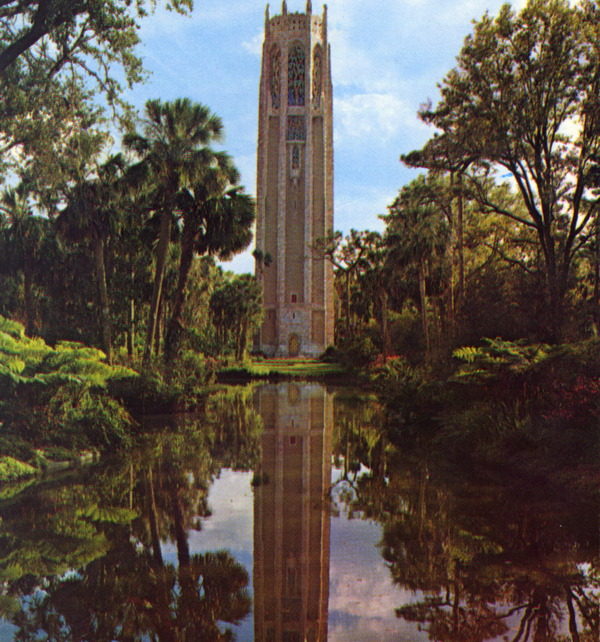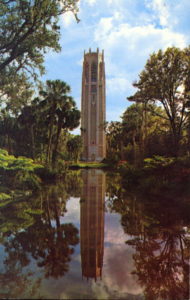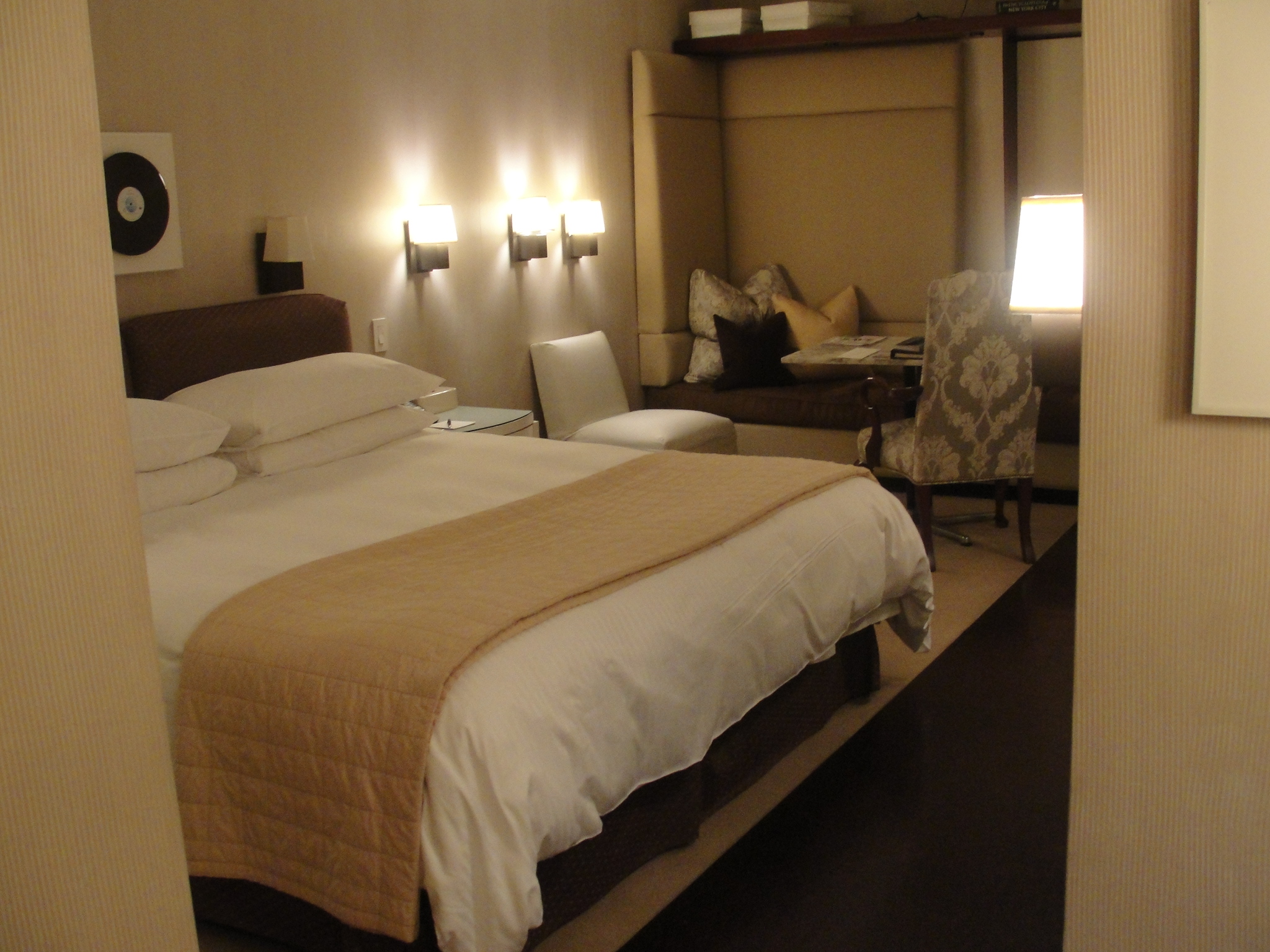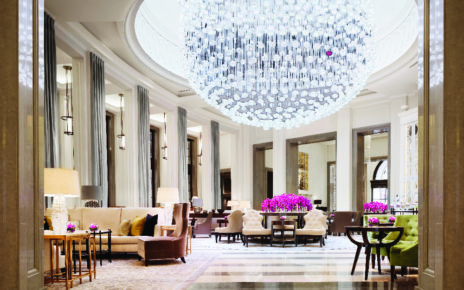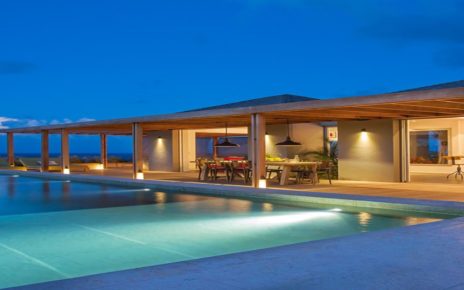Amateur architecture aficionados tend to favor skyscrapers, museums, and cathedrals. Even Floridians tend to dismiss their own state as a haven for tourist families and Jimmy Buffett beach bums. This is metropolitan chauvinism. Beauty isn’t always extravagance and that shouldn’t have to be said. Please, if you will, rent a car through Budget Car Rental and drive to Florida’s ten must-see edifices:
Don CeSar, St. Pete Beach
Henry Dupont, 1928
In the 1920s America decided it needed a French Riviera. Developers poured into Florida armed only with dreams and sacks of cash. Many ambitious construction projects were started and, thanks to the Great Depression, never completed. One that did make it was a luxury hotel named the Don CeSar after the hero of the opera Maritana. Hotelier Thomas Rowe had a mad vision of a Moorish castle and he made it pink. The place was a favorite of Jazz Age literati and New York Yankees in town for spring training. My own attestation? The lobby bar of the Don CeSar has the only decent scotch menu in Florida.
Singing Tower, Lake Wales
Milton Medary, 1929
Pulitzer prize-winner Edward Bok (he coined the term “living room”) gave his Bok Tower Gardens to us Americans with gratitude for his great fortune. For it, he commissioned a large Gothic bell tower. From a distance it looks rather art deco, a bit Buffalo City Hall. Close up you can see quite densely marbled marble and a brass door shiny enough to melt your face.
Annie Pfeiffer Chapel, Lakeland
Frank Lloyd Wright, 1941
The status of Florida Southern College as an educational institution is questionable. Foremost, it is an arm of United Methodist Church. Secondarily it is a showcase for a plethora of Frank Lloyd Wright buildings and this is what they advertise to potential tuition-payers. The centerpiece is the origamian Annie Pfeiffer Chapel. It is filled with colorful stained glass and Wright’s signature cantilevers.
Milam Residence, Jacksonville
Paul Rudolph, 1961
Paul Rudolph buildings are characteristically piled like dry-stack stone walls. The Milam house is even squarer and pushes the limits of counter space and orthogonics. Call it Bauhaus Goes to the Beach. It’s all very crisp. Rather than clash with the seascape, all the straight lines and open spaces seem to conduct it.
Swan and Dolphin Resort, Lake Buena Vista
Michael Graves, 1990
This building was my first love. It arrived in central Florida at the same time I did. Driving by at some angles you can only see the magnificent green titular fish and bird statues poking above the trees. The resort is two sea-hued hotels (the Swan Hotel and the Dolphin Hotel) facing each other across a palm-lined path. Fountains abound. The effect is stunning and magical, though it seems to inspire more hatred than love among stick-in-the-muds.
Publix by the Bay, Miami Beach
Carlos Zapata, 1998
Carlos Zapata is known for futuristic metal designs that meander upward at odd angles. I’m not sure what they are made out of, but they shine like Tungsten. Here he used his talents to construct a two-storey grocery store that the locals dubbed ‘the mothership’. The parking garage is the most important feature—parking garages are the oases of Miami Beach—from whence you push your shopping cart along moving ramps that wrap around the building.
Burke Hogue Mills Office, Lake Mary
Camala Hogue, 2009
This is the office of an architectural firm. Why don’t aren’t the offices of architects always avant-garde? Well, I guess most of their business is non-flashy projects and they want to display level-headedness. This one pushes the vogue of sustainable design with low-flow urinals and natural light. I suspect that in Florida weather, which begs for air-conditioning more than light, that it’s an acrid greenhouse on the inside, but it looks nice.
Casey Key Guest House
Jerry Sparkman, 2010
Following the tradition of the Farnsworth House, this so-called tree house foregoes lavishness to become a climate-controlled alcove of nature. The wooden curve of the roof/wall is meant to resemble an overhanging oak canopy. It equally evokes the curl of a wave and the giant rack of ribs and overturned Fred Flintstone’s car.
The Dali Museum, St. Petersburg
HOK, 2011
Personally, I thought the old location for the Dali Museum was fine if unremarkable. The new building marks the return of blobitecture with a twist. Geodesic glass bulges from the sides of an otherwise plain concrete box and the interior is corkscrewed by a clever staircase that tapers to a point. Not functional, not Dalinian, but definitely striking. Points for that.
COR Building, Miami
Chad Oppenheim, 2011
There are only so many things you can make a tall building look like. There’s a cell phone in Santiago and now a cheese grater in Miami. The mottled exterior supposedly serves some purpose as shade, insulation, and wind-holes. The Green Roof, a sort of sky orchard, looks nice in pictures. I suspect environmental architecture is a fad, but this one will be a Miami landmark for decades to come.
Kyle Lai

